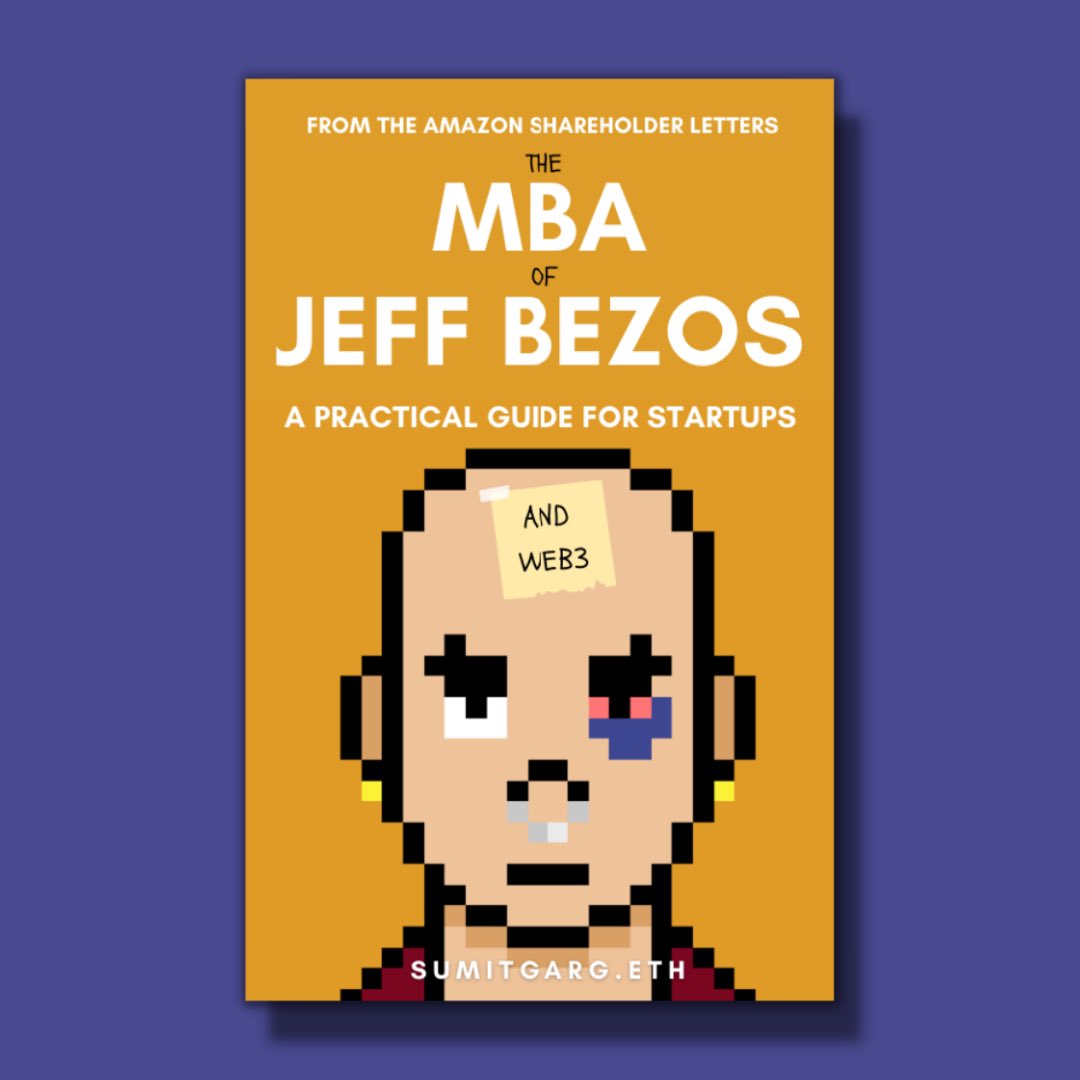"Fact-checkers are just fake authorities anointed by the media, according to fact-checkers." — @naval
How to think critically:
(mental models and logical fallacies)
"Fact-checkers are just fake authorities anointed by the media, according to fact-checkers." — @naval
Don't fall for the "arguments from authority fallacy."
"In science there are no authorities; at most, there are experts." — Carl Sagan
Always think of multiple explanations for an argument.
Then think of tests to disprove each explanation.
Whatever remains has a better chance of being right than simply sticking with the first idea.
Occam's Razor: When faced with multiple explanations pick the simpler.
Hanlon's Razor: "Never attribute to malice that which is adequately explained by stupidity." In other words, there can be honest mistakes.
"Be skeptical of the side of a debate that is less willing to try to see the other side’s point of view." — @sama
Unfalsifiable ideas are not worth much in the grand scheme of the universe.
"It’s smart to take help of a pessimist to find blind spots in an idea you feel very confident about. That’s their only good use I've found so far." — @kunalb11
Just because an idea is yours doesn't make it right. Accept that others can and will find faults with it.
"The trick to viewing feedback as a gift is to be more worried about having blind spots than hearing about them." — @JamesClear
More from Sumit Garg
These 10 threads will teach you more than reading 100 books
Five billionaires share their top lessons on startups, life and entrepreneurship (1/10)
10 competitive advantages that will trump talent (2/10)
Some harsh truths you probably don’t want to hear (3/10)
10 significant lies you’re told about the world (4/10)
Five billionaires share their top lessons on startups, life and entrepreneurship (1/10)
I interviewed 5 billionaires this week
— GREG ISENBERG (@gregisenberg) January 23, 2021
I asked them to share their lessons learned on startups, life and entrepreneurship:
Here's what they told me:
10 competitive advantages that will trump talent (2/10)
To outperform, you need serious competitive advantages.
— Sahil Bloom (@SahilBloom) March 20, 2021
But contrary to what you have been told, most of them don't require talent.
10 competitive advantages that you can start developing today:
Some harsh truths you probably don’t want to hear (3/10)
I\u2019ve gotten a lot of bad advice in my career and I see even more of it here on Twitter.
— Nick Huber (@sweatystartup) January 3, 2021
Time for a stiff drink and some truth you probably dont want to hear.
\U0001f447\U0001f447
10 significant lies you’re told about the world (4/10)
THREAD: 10 significant lies you're told about the world.
— Julian Shapiro (@Julian) January 9, 2021
On startups, writing, and your career:
More from Personal growth
You May Also Like
Took me 5 years to get the best Chartink scanners for Stock Market, but you’ll get it in 5 mminutes here ⏰
Do Share the above tweet 👆
These are going to be very simple yet effective pure price action based scanners, no fancy indicators nothing - hope you liked it.
https://t.co/JU0MJIbpRV
52 Week High
One of the classic scanners very you will get strong stocks to Bet on.
https://t.co/V69th0jwBr
Hourly Breakout
This scanner will give you short term bet breakouts like hourly or 2Hr breakout
Volume shocker
Volume spurt in a stock with massive X times
Do Share the above tweet 👆
These are going to be very simple yet effective pure price action based scanners, no fancy indicators nothing - hope you liked it.
https://t.co/JU0MJIbpRV
52 Week High
One of the classic scanners very you will get strong stocks to Bet on.
https://t.co/V69th0jwBr
Hourly Breakout
This scanner will give you short term bet breakouts like hourly or 2Hr breakout
Volume shocker
Volume spurt in a stock with massive X times
























